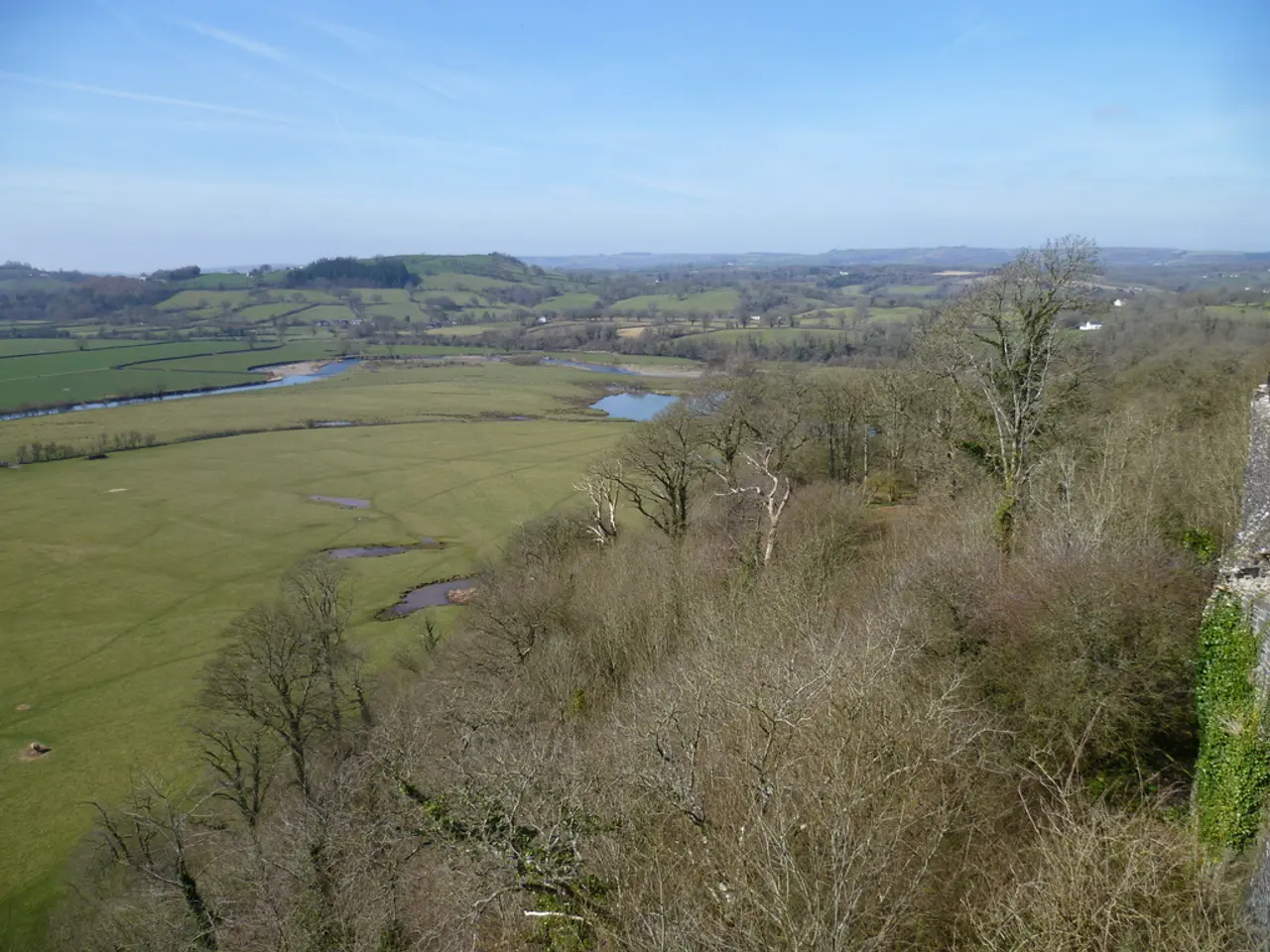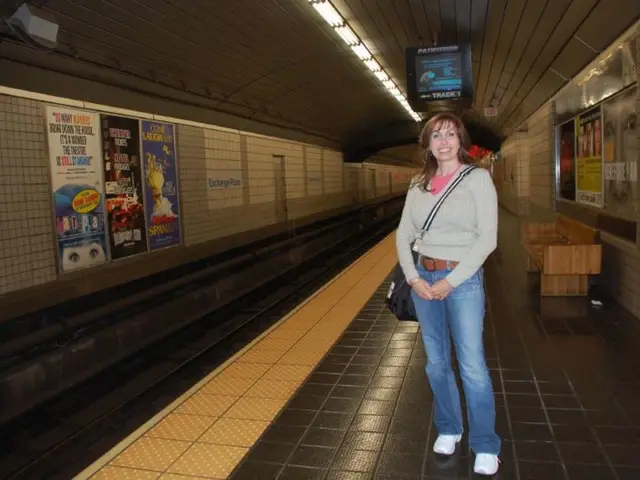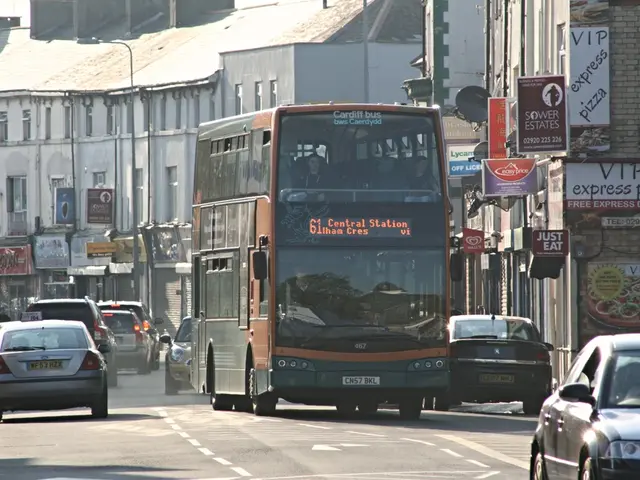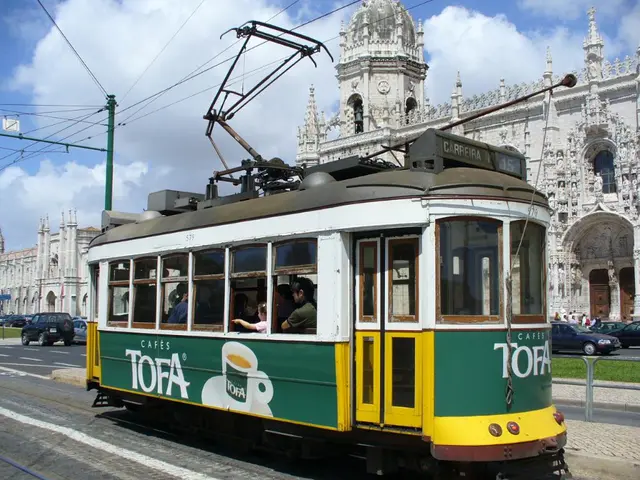Understanding Tabletop Runway: Its Gist and Potential Perils
News Article: Safety Concerns and Challenges of Tabletop Runways
Tabletop runways, found in mountainous regions and islands, present unique challenges due to their topography and limited space. These runways are built on hills or plateaus adjacent to steep cliffs, making them particularly risky in case of runway excursion during takeoff or landing.
One example of a tabletop runway is the Catalina Airport, located in the USA. Another is the Juancho E. Yrausquin Airport, situated in the Netherlands. Both airports require careful and precise approaches due to their unique geographical features.
The absence or shortage of runway end safety areas (RESA) is a key safety concern for tabletop runways. If an aircraft overshoots or undershoots the runway, it faces immediate terrain hazards such as steep slopes or cliffs rather than flat overrun surfaces, increasing the severity of potential accidents.
Adverse weather conditions, such as wet or slippery runways combined with low visibility, wind, and tailwinds, exacerbate the risks at tabletop runways. Pilots must land within a precise touchdown zone, and errors in judgment or technique can have severe consequences due to limited stopping space.
Tabletop runways demand strict adherence to landing protocols and specialized pilot training. The margin for error is smaller compared to conventional runways due to the surrounding terrain and runway length constraints. Regulatory bodies demand enhanced pilot training, simulator practice for these unique conditions, and strict flight and rest hour limitations to avoid fatigue-related errors.
Airports with tabletop runways face regulatory and infrastructure challenges. They are encouraged or required to install safety features like Engineered Materials Arrestor Systems (EMAS) for deceleration if an overrun occurs, and to expand RESA zones where possible. These upgrades are costly but aim to improve safety margins.
Tabletop runways can create an optical illusion for pilots approaching, making it appear level with lower terrains around it and potentially deceiving them. This requires a very precise and careful approach. Any overshoot or undershoot situation at tabletop runways poses a serious danger, and runway excursion during takeoff or landing can be life-threatening, potentially resulting in the plane falling into the abyss at the end of the runway.
In conclusion, safety concerns at tabletop runways revolve around the precarious runway placement leading to minimal safety margins, increased accident severity potential, and the critical need for precise pilot operations and infrastructural safety enhancements. The lessons from accidents at such runways underscore the importance of rigorous protocols, specialized training, and airport safety infrastructure improvements.
In the aerospace industry, finance plays a crucial role in the maintenance, upgrading, and expansion of airports featuring tabletop runways. Given the unique challenges and safety concerns associated with these runways, the need for engineered materials arrestor systems (EMAS) and runway end safety areas (RESA) expansions can be costly yet necessary to enhance safety margins.
Given the high-risk nature of tabletop runways, it's important for the finance sector to collaborate with the aerospace industry in addressing these regulatory and infrastructure challenges, ensuring the continued operation of these airports while maintaining safety standards and minimizing potential accidents.








